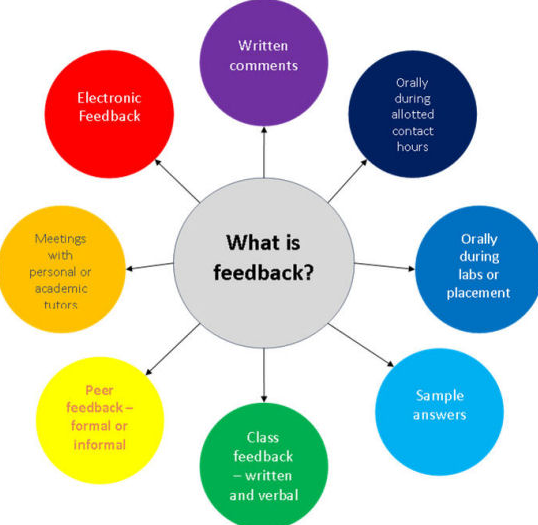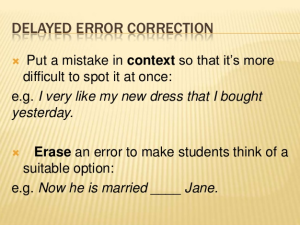Grammatical Errors and Feedback: Some Theoretical Insights by Mathias Schulze discusses different variables that influence the quality of feedback in Computer Assisted Language Learning: psychology and learning theories, second language acquisition and human-computer interface design.
Reinforcement
He puts forward the concept of reinforcement: the assumption is that feedback of a certain kind can act as a reinforcer. Schulze references Skinner in his paper, who suggests reinforcement changes the probability of a response recurring, but punishment does not. This is supported by Cook’s assertion that positive evidence (supplying ‘correct’ input or ‘correct’ examples) is superior to negative evidence (correcting errors after the fact).
Skinner reminds us that learning proceeds most effectively if:
1. the information to be learned is presented in small steps
2. the learners are given rapid feedback concerning accuracy of their learning (i.e. that are shown immediately after a learning experience whether they have learned the information correctly or incorrectly)
3. the learners are able to learn at their own pace
My Reflections
1. In my teaching context, in general, the information to be learned is presented in small steps. Most recently published EFL books tend to follow the chunking principle and, besides, if I had the freedom not to use a text book, I would similarly choose to focus on a small group of words at any one time. (In my learning context, I have noted that the average unit in a typical Chinese textbook contains a ‘large’ number of words, which although relate to the general topic, are otherwise unrelated to each other, and thus, more difficult to remember).
2. In terms of rapid feedback, this is where I stumble. I have been influenced by the “Delayed Error Correction” campaign, and I am slightly biased in terms of fluency over accuracy. This means I place more value in giving the student the time and space to express themselves, which adds to their confidence, and thus motivation to participate in an activity, and tend to delay my error correction until the end of the presentation, or even later in the lesson. Perhaps, I could try more immediate feedback, despite not wanting to interrupt the flow of expression, especially as this is often demanded by my Chinese learners. (It’s a case of Teacher knows best here! Not very student-centred, I know!). This goes against the hypothesis tested by Long for a focus on form in language learning and teaching, which is mentioned on P444 of Shulze’s paper.
3. Students learning at their own pace is ideal. However, within the confines of an institution setting this is more difficult. The school has a good reputation because it is able to get the learner from level A to level B in a set time. I personally advocate learning at your own pace, but as a teacher may only be able to have an influence in this sphere outside of the school context, for example, with private tutoring.
What do you think of Skinner’s proposal for effective learning? How do you give feedback or make corrections?
Sources
Cook, Vivian J. “Chomsky’s universal grammar and second language learning.”Applied Linguistics 6.1 (1985): 2-18. Universal Grammar Theory and the Classroom Experience
Schulze, Mathias. “Grammatical errors and feedback: some theoretical insights.” CALICO Journal 20.3 (2003): 437-450.



